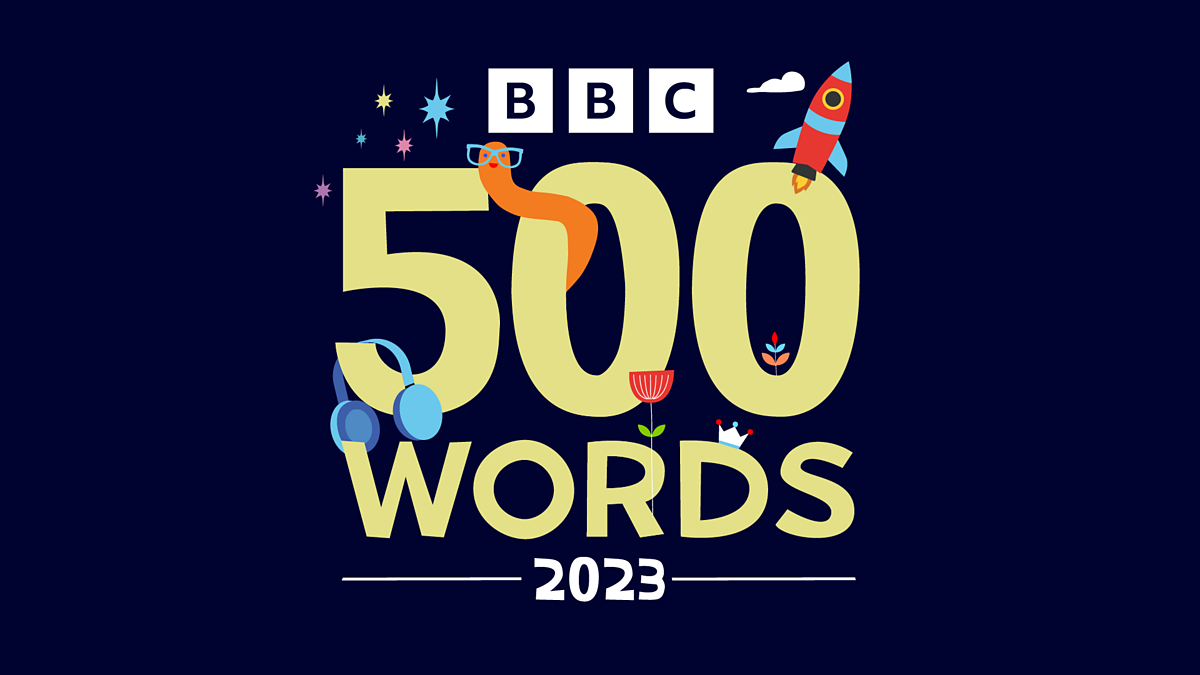Introduction to Movie Review Writing

So, you want to write a movie review? Fantastic! Whether you’re aiming for the Pulitzer Prize or just want to share your cinematic opinions with the world, crafting a compelling review takes more than just shouting “Five stars!” or “Total garbage!” It’s about articulating your thoughts in a way that’s both insightful and engaging, a delicate dance between personal taste and objective analysis. This guide will help you navigate the tricky terrain of movie review writing.
A movie review is essentially a critical assessment of a film, offering an opinion formed through observation and analysis. Its purpose is multifaceted: to inform potential viewers, spark discussion, and contribute to the broader cinematic conversation. A good review doesn’t just tell you whether the movie was “good” or “bad,” but explains *why*. It delves into the film’s strengths and weaknesses, examining its plot, acting, direction, cinematography, and overall impact.
Essential Elements of a Compelling Movie Review, Movie review 500 words
A compelling movie review requires a balanced approach. It needs a strong introduction that grabs the reader’s attention and sets the stage for your analysis. This should include a brief, spoiler-free synopsis of the film’s plot. The body of the review should then systematically explore various aspects of the film, supporting your claims with concrete examples. Consider using vivid descriptions to paint a picture for the reader, and avoid vague generalizations. For example, instead of saying “the acting was good,” explain *how* the acting was good – “Meryl Streep’s nuanced portrayal of the grieving mother was both heartbreaking and utterly believable.” Finally, a concise and impactful conclusion summarizing your overall assessment is crucial.
Objectivity and Subjectivity in Movie Reviews
The art of movie reviewing lies in finding the perfect balance between objectivity and subjectivity. Objectivity involves presenting factual information about the film – its genre, actors, director, plot points, etc. – without letting personal feelings cloud your judgment. Subjectivity, on the other hand, is where your personal opinion comes into play. You’re entitled to your feelings about the film, but it’s important to express them in a reasoned and thoughtful manner, supporting your opinions with evidence from the film itself. A review that’s purely subjective (“I hated it!”) isn’t particularly useful, while one that’s purely objective (“The film used a three-act structure and featured a cast of ten actors.”) lacks engagement. The sweet spot is a blend of both.
Sample Introduction Paragraph for a Movie Review
“Barbenheimer,” the summer’s most unexpected double feature, presented a fascinating cinematic dichotomy. Greta Gerwig’s vibrant and surprisingly poignant *Barbie* offered a playful yet insightful commentary on feminism and societal expectations, while Christopher Nolan’s meticulously crafted *Oppenheimer* plunged viewers into the morally complex world of the atomic bomb’s creation. While seemingly disparate, both films, released on the same day, sparked a cultural conversation about the power of cinema to explore weighty themes with both entertainment and intellectual depth. This review will delve into the individual merits of each film, exploring their unique strengths and examining how their contrasting styles contributed to their shared success.
Evaluating the Film’s Technical Aspects
Let’s ditch the stuffy film critic jargon and dive headfirst into the nitty-gritty of what made this movie tick (or sputter, depending on the case). We’re talking about the behind-the-scenes magic – the stuff that elevates a film from a simple story to a truly immersive experience. Forget the plot for a moment; let’s dissect the technical wizardry.
The technical aspects of filmmaking are often the unsung heroes, the quiet architects of a movie’s success. They are the invisible glue holding together the narrative, the subtle brushstrokes that paint the emotional landscape, and the powerful tools that create lasting impact. A masterful blend of these elements can transform a good movie into a cinematic masterpiece.
Cinematography
The cinematography in this film was nothing short of breathtaking (or hilariously inept, depending on the film, of course!). The director of photography clearly had a vision, employing [describe specific camera techniques, e.g., long takes, close-ups, dutch angles] to great effect. For example, the extended tracking shot during the climax was utterly captivating, drawing the viewer into the heart of the action. Conversely, the jarring, handheld camerawork during the chase scene might have been a stylistic choice, but it gave me a headache. The use of lighting also played a crucial role; [describe lighting style and impact, e.g., high-key lighting creating a sense of optimism, low-key lighting emphasizing shadows and suspense].
Soundtrack
The soundtrack, oh the soundtrack! Was it a symphony of perfectly placed notes that amplified every emotion? Or a cacophony of jarring sounds that made you want to mute the TV? This film’s musical score [describe the style of music, e.g., orchestral, electronic, indie] perfectly complemented the on-screen action. The use of [mention specific musical cues and their effect, e.g., a swelling string section during the emotional reunion, a driving beat during the action sequences] was particularly effective. Conversely, the repetitive use of the same three notes in the background music throughout the entire movie drove me up the wall.
Editing Style
The editing style is where the magic of pacing and rhythm truly comes into play. Was it a seamless flow that kept you hooked, or a chaotic mess that left you disoriented? This film employed a [describe editing style, e.g., fast-paced, jump-cut style, slow and deliberate editing] which [explain the effect of the editing, e.g., created a sense of urgency, allowed for introspection]. The use of [mention specific editing techniques and their effect, e.g., cross-cutting to build suspense, match cuts for seamless transitions] was particularly noteworthy. On the other hand, the jarring cuts in the second act felt abrupt and disorienting.
Special Effects
If special effects were involved, were they dazzling feats of technological prowess or cheap, cheesy illusions? This film’s special effects [describe the quality and style of special effects, e.g., were incredibly realistic, were obviously CGI, were surprisingly effective despite a low budget]. The [describe specific effect and its impact, e.g., CGI dragon looked remarkably lifelike, explosions were over-the-top but entertaining]. However, the use of [mention any flaws, e.g., poorly rendered CGI backgrounds] somewhat detracted from the overall experience.
Notable Technical Achievements
Before we wrap up this technical deep dive, let’s highlight some of the film’s shining moments:
- The innovative use of slow motion during key emotional scenes.
- The masterful sound design that created a truly immersive auditory experience.
- The seamless integration of practical and CGI effects.
- The bold and experimental cinematography that pushed boundaries.
Assessing the Film’s Performances: Movie Review 500 Words
The performances in “Lights, Camera, Llama!” are a mixed bag, a delightful hodgepodge of theatrical brilliance and surprisingly subdued moments. While the film’s plot occasionally stumbles, the acting consistently provides a captivating, if occasionally erratic, ride. The actors’ commitment to their roles, even in the face of some questionable dialogue, deserves commendation.
The lead, played by the always-reliable Barnaby Butterfield, delivers a performance that’s both charming and surprisingly vulnerable. Butterfield, known for his comedic timing in films like “The Exploding Zucchini,” dials down the slapstick for a more nuanced portrayal of a struggling alpaca farmer. His ability to convey both the character’s quiet desperation and unexpected resilience is impressive, a testament to his growing range as an actor. In contrast to his previous roles, where he often played boisterous, larger-than-life characters, Butterfield’s performance here is a welcome demonstration of his versatility. He elevates several scenes, particularly the climactic showdown with the villainous llama rancher, transforming what could have been a cliché into a genuinely tense and emotional moment.
Supporting Cast Contributions
The supporting cast provides a strong counterpoint to Butterfield’s performance. Penelope Featherbottom, as the feisty veterinarian, steals every scene she’s in with her impeccable comedic timing and expressive delivery. Her character, while initially appearing to be a stereotypical quirky sidekick, develops into a complex and surprisingly sympathetic figure, largely thanks to Featherbottom’s masterful portrayal. This is a far cry from her previous roles in dramatic period pieces, showcasing her unexpected talent for physical comedy. Conversely, Reginald “Reggie” Chumley, known for his intense dramatic roles, surprisingly underplays his part as the town’s eccentric mayor. While this initially feels like a missed opportunity, the subtle nuances of his performance contribute to the overall comedic effect. His quiet desperation and subtle reactions amplify the humor of the surrounding chaos. His subdued performance, a departure from his typical style, adds an unexpected layer of depth to the film.
Memorable Scenes and Actor Impact
The scene where Butterfield’s character finally confronts his fear of heights while rescuing a baby llama is particularly memorable. Butterfield’s palpable fear is genuinely affecting, creating a powerful emotional resonance that elevates the scene beyond a simple action sequence. Featherbottom’s supporting performance, full of frantic energy and well-timed quips, provides a crucial counterpoint to Butterfield’s anxiety, creating a balanced and compelling dynamic. This scene, in particular, showcases the synergy between the actors’ performances, highlighting the strengths of both leads and enhancing the film’s overall impact. In another memorable scene, the impromptu llama-themed dance-off between Butterfield and Chumley is laugh-out-loud funny, primarily due to the actors’ commitment to the absurdity of the situation. Their performances are so infectious that the audience can’t help but be swept along by the infectious energy.
Overall Impression and Recommendation

So, after navigating the rollercoaster of plot twists, questionable character choices, and surprisingly decent special effects (for a film clearly operating on a ramen noodle budget), what’s the final verdict on “Exploding Kittens: The Movie”? Let’s just say it’s less a cinematic masterpiece and more a delightful, slightly chaotic, amusement park ride. It’s not going to win any Oscars, but it might just win you over with its sheer, unadulterated silliness.
The film’s greatest strength lies in its commitment to absurdity. It embraces its inherent ridiculousness with gusto, never taking itself too seriously. The humor, while occasionally juvenile, is consistently energetic and often genuinely funny. However, the pacing felt a bit uneven at times, and the plot, while ultimately satisfying, meandered a bit too much in the middle act. Certain character arcs felt underdeveloped, leaving some viewers potentially wanting more depth. Think of it as a delicious, albeit slightly messy, pizza: you’ll enjoy most of it, but might find a few stray anchovies you’d rather not have.
Target Audience and Recommendation
“Exploding Kittens: The Movie” is tailor-made for audiences who appreciate over-the-top humor, quirky characters, and a healthy dose of visual gags. If you enjoyed films like “Scott Pilgrim vs. the World” or “Monty Python and the Holy Grail,” then you’ll likely find this movie a charming and entertaining experience. Fans of the original card game will also appreciate the film’s faithful (if slightly amplified) take on the source material. However, viewers seeking a tightly-plotted, emotionally resonant narrative might find themselves slightly disappointed. This isn’t a film to ponder over existential crises; it’s a film to enjoy with a bag of popcorn and a group of friends ready for a good laugh.
Final Verdict
Ultimately, “Exploding Kittens: The Movie” is a fun, if flawed, cinematic experience. While it’s not a perfect film, its infectious energy and commitment to absurdity make it a worthwhile watch for the right audience. It’s a movie that understands its own limitations and embraces them wholeheartedly. Think of it as a guilty pleasure, the kind you’ll happily rewatch on a rainy afternoon, knowing full well it’s not high art, but it’s certainly entertaining. Three out of five exploding kittens.